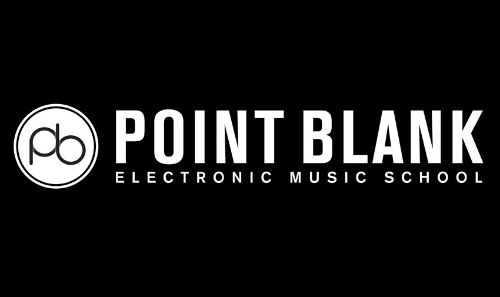

Week four at Point Blank Online has come to a close, which means we have another new wrap up post on all that we learned throughout the week. For those of you just catching up with this series, feel free to head over to the week one post here so you can learn all you can about one of the finest online production schools the internet has to offer.
As I mentioned in the previous week, these classes now are starting to get into the meat of what writing electronic music is. We spent the first month or so going extensively over theories and compositional techniques in order to have the tools to start laying some foundations for electronic tunes. But now that we have all the tools in place, it is time to get to the fun parts while at the same time expanding on what we have learned.
Writing melodic rifts to really bring your tracks to life can be one of the hardest obstacles even the most seasoned producer has to overcome. How to layer notes together and combine chords can seem like a daunting puzzle if you don’t know how to put the pieces in place. Throughout week four, we went over how to create more complex chord structures in order to create that emotional pull that all of our favorite dance tunes seem to have. Using concepts like slash chords and inversions are a great way to make simple chords shine through as truly unique.
Another great way to spice up your melodies and harmonies is by playing around with different modes of the scale. Modes essentially are different approaches to playing a scale you might already be familiar with. The primary mode could be Ionian (if you’re playing a Cmaj scale you would start on C and play all the white notes until you arrive on C in the following octave). But what if you started on D, and played all the white notes up the scale until you arrived again upon the next D on your keyboard? This is called the Dorian mode!
There are countless other modes for you aspiring producers to explore, as well as a wealth of theory to help steer you in the right direction when it comes to developing musical ideas. For more information on how to get started with classes at Point Blank Online, click the link here. Until next week, happy producing!


